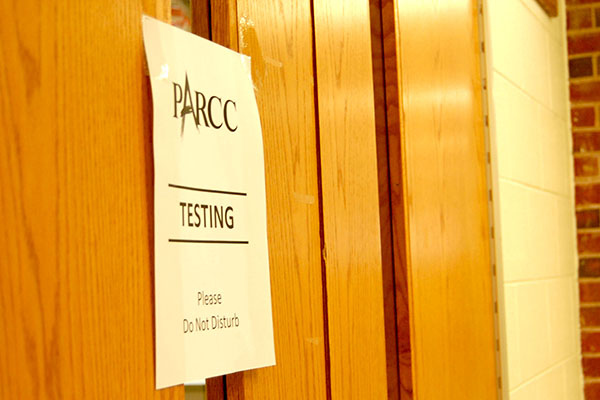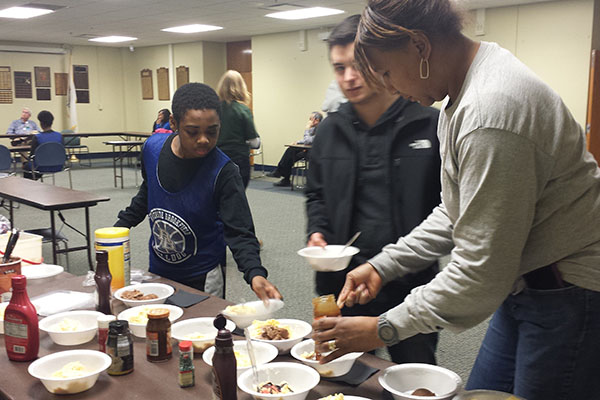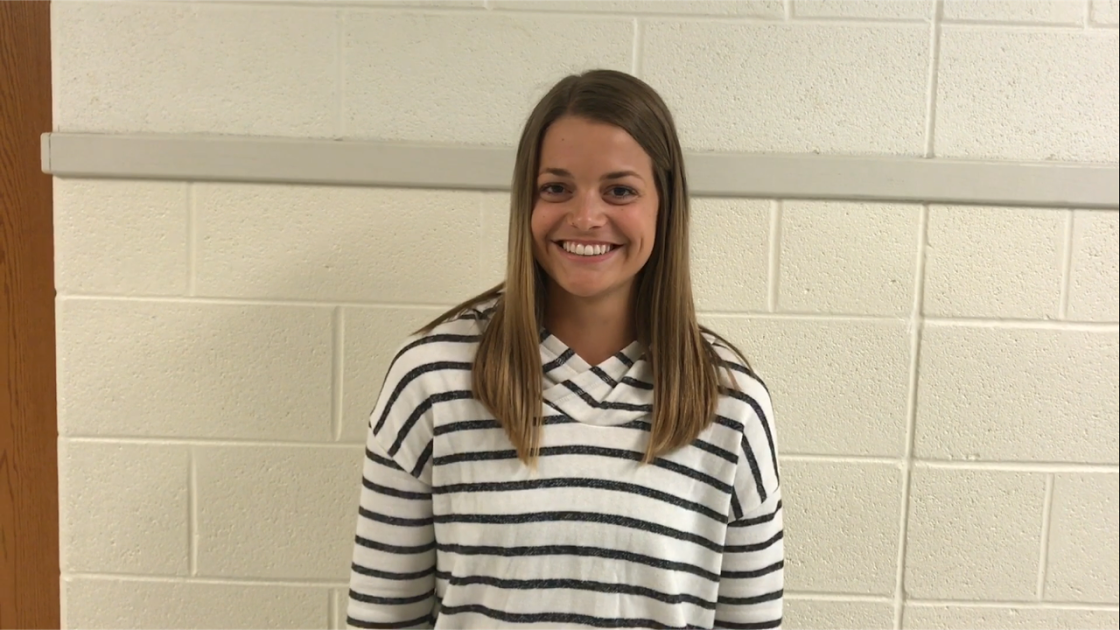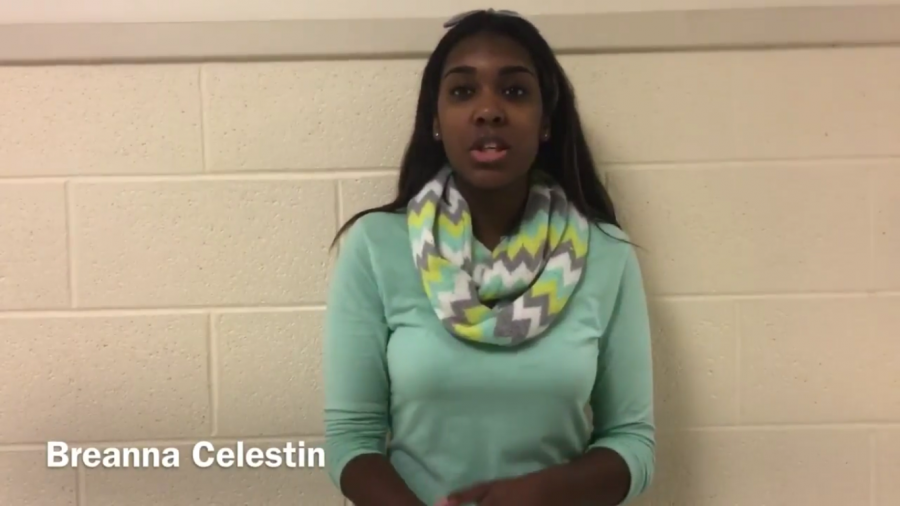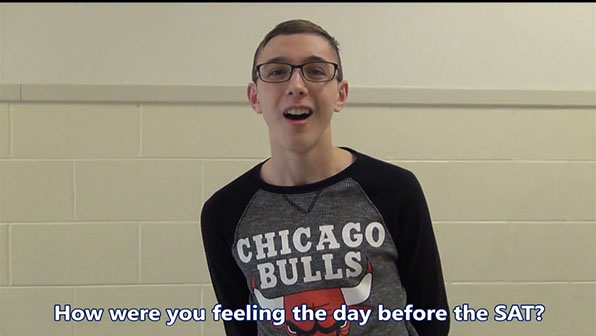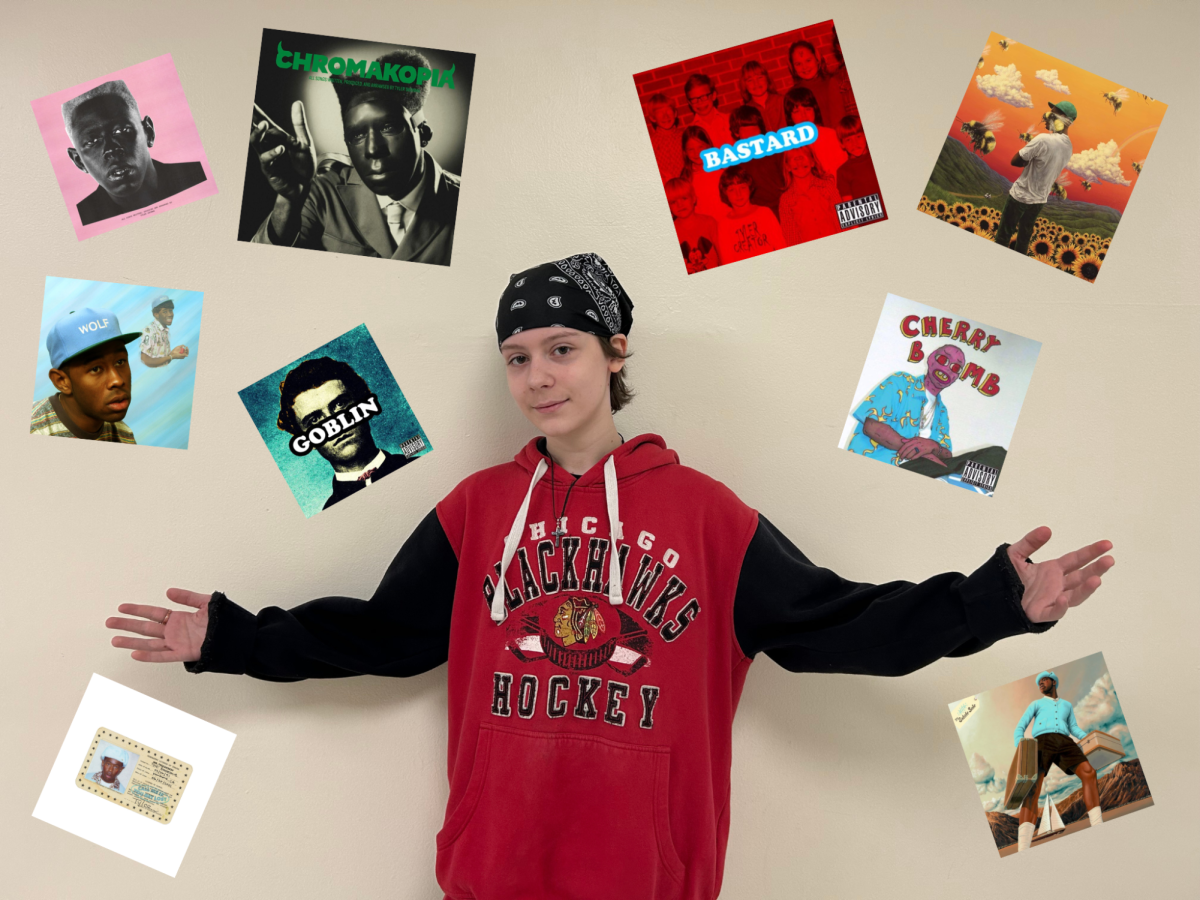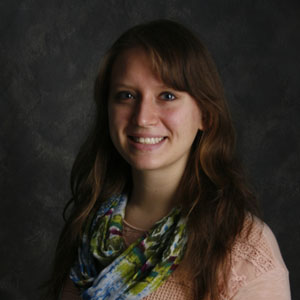
While some people are still arguing about whether or not climate change is real, for years countries’ carbon footprints – not just the United State’s but everybody’s – have expanded and emissions have grown. We, the world, have had a hand in causing the melting of the polar ice caps, the planet’s changing temperatures, and the alteration of weather patterns. Yet, despite all of that, people still try to veer away from the idea that climate change is a real and present danger.
Events like the recent Hurricane Sandy are a reminder of the importance of teaching about climate change in schools.
In a school board meeting held on March 13th of last school year, the board discussed the adoption of a new AP Environmental Studies textbook. The textbook, Environmental Science for AP by Andrew Friedland, Rick Relyea, and David Courard-Hauri, contains three chapters on climate change. While textbook approvals are often routine, what made this board discussion notable was a debate about whether or not the authors of the APES textbook wrote the chapters on climate change without any political bias.
By the end of the discussion, board members Laura Hruska, Tim Walsh, Mike Welch, and Matt Sinde voted to adopt the textbook, while members Garry Gryczan and John Keen voted against adopting the textbook. Dan Moon, who initially raised the concern about how the book addressed climate change, abstained from voting.
In the meeting, Moon and Keen expressed concerns about whether the textbook was purely scientific and did not lean towards either side of the political spectrum when it came to climate change. Keen suggested that the board wait a month to see whether or not they all agreed about the decision to pass the textbook, but Walsh argued that, if the board were to read this particular textbook in depth, they would have to do the same for every textbook they reviewed.
“Global Change,” the name of a chapter in the climate change unit of the book, expresses what the textbook aimed at explaining. While the textbook authors showed some neutrality by using expressions such as “as some scientists predict,” indicating to students that there are other views on the subject, the textbook clearly conveys the authors’ belief that climate change is real, potentially dangerous, and at least partially caused by the actions of human beings.
“When you talk about environmental issues there is no black or white,” said APES teacher Jame Holt, who recommended the textbook to the board.
While this discussion happened last year, the fact that a recent superstorm just swept through the East Coast makes the argument for teaching climate change much stronger. This unseasonal, even highly improbable storm started out in the Atlantic Ocean as just a hurricane powered by the sea, but was combined with a winter storm powered by atmospheric temperature, which is what made Sandy so devastating – it had two energy sources driving it, causing a hybrid storm.
“It is valuable to teach concepts that can be polarizing because, in the end when students leave our classrooms, they are going to need a skill set so they can interact with other people on different subjects,” said Science Department Chair Brennan Denny.
The APES textbook that the board adopted last year directly confronts discussion about climate change. Hurricane Sandy reminds us that climate change is something worth learning about in a classroom. Students need to be aware of all issues that can affect our planet.




